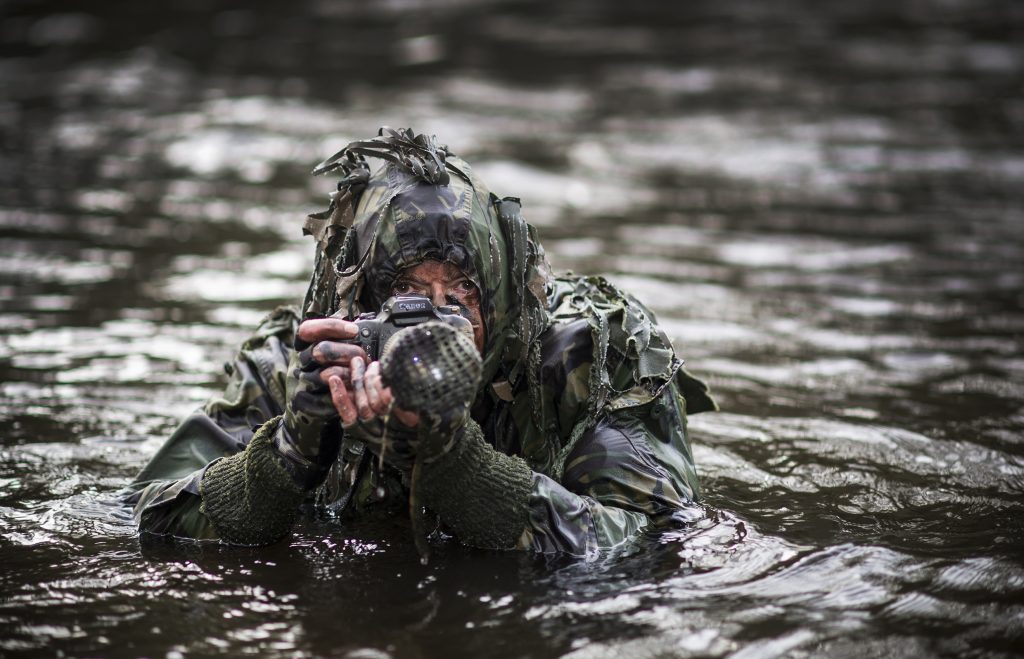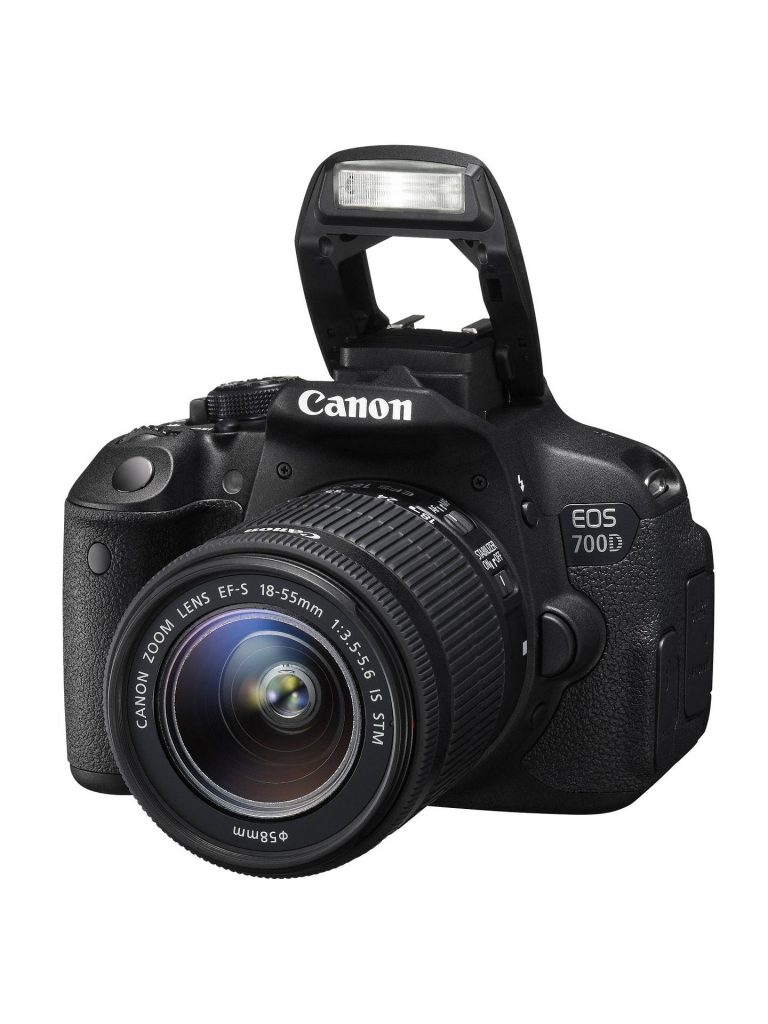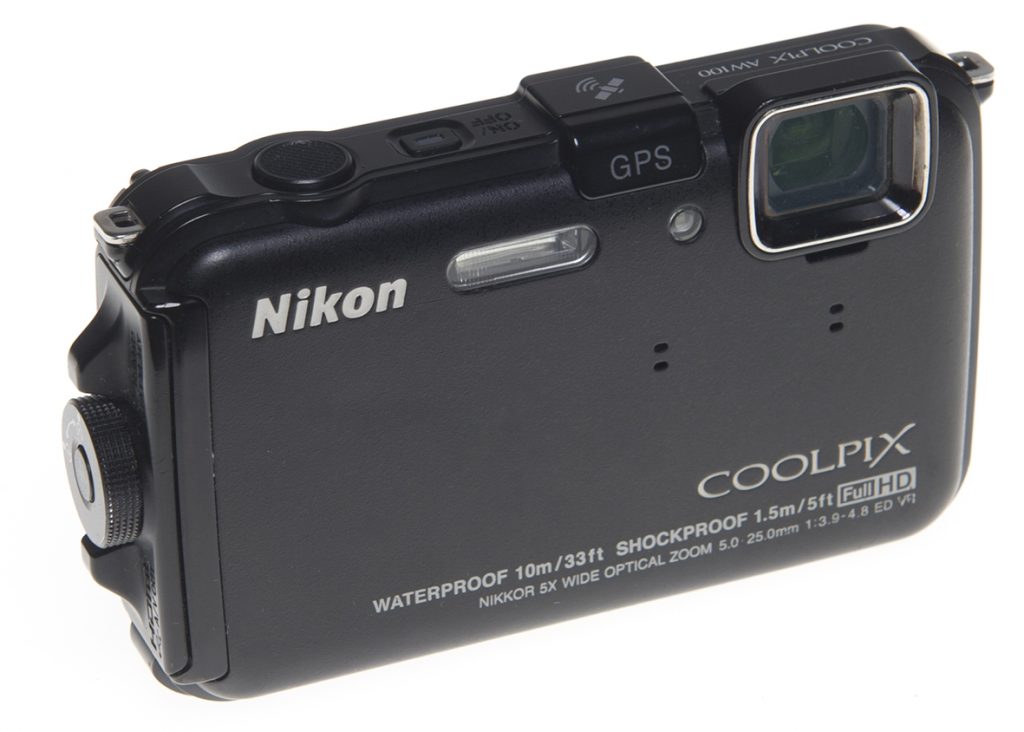Many of us, in the security industry, travel the world, see some magnificent sights and get involved with a lot of photogenic activities, most of which can be captured adequately with a compact camera. However, for those of us who use cameras in our professional work, particularly when conducting surveillance tasks you’re going to need something a bit more powerful. Compacts are what they say they are and great to carry around but choosing an SLR (Single-Lens Reflex) camera can be a bit mind-boggling.
The main brands such as Nikon, Canon or Sony are ideal and trustworthy names. An SLR camera is one which has interchangeable lenses and larger bodies. Ultimately, the quality of your surveillance photographs will be a combination of your ability to use the camera correctly, the quality of the camera, your personal judgment and the quality and type of lens that you use.
Camera Cost Considerations Before Purchase
When choosing the best camera for surveillance do not go for the most expensive; an expensive top of the range camera will give you hundreds of different features but you are likely to only use a fraction of them on an assignment. Before parting with any money on a camera I would suggest that you ask a seasoned surveillance professional for their advice and recommendations.
Make sure the camera feels comfortable in your hands and the controls are well placed to be simple and quick to use. Operating the camera may appear complicated at first but after a few days handling you will become accustomed to it.
Everyone who conducts surveillance will have their own brand that they prefer to use and I try to ignore the ‘camera snobs’ that argue that one brand is better over another. It is totally down to personal preference. Equally important is the lens that you use, there is no point in paying £1,000 for a camera if you have a ‘kit’ or cheap lens on it.
What Makes a Camera Cheap or Expensive?
Choosing a camera for surveillance can be like buying a new laptop, there are so many variables to start with and you have to ask yourself ‘what do I actually want to do with it?’ A more expensive camera, will not necessarily produce a better picture if you do not know what you are doing with it, but some things to consider are:
- Your budget
- The brand name
- Minimum of 12 Megapixels (many are 20+)
- The size of the sensor (Full Frame or APS-C)
- How many frames per second
- The complexity of the metering system
- Whether it has ‘Spot Metering’
- A high ISO of 6400 and above
- The fabric of the body plastic or alloy
- Whether it has a HD video facility
- Does it have GPS Geo-tagging
- Do you need Wi-Fi?
Your Camera is a Computer
Your camera is processing data just like a computer and so processing speeds, RAM, storage and all that other geeky stuff comes into play too.
The size of the sensor (Full Frame or APS-C) is very important and something that is often misunderstood. Full Frame is the largest sensor available and you will find these in the high-end professional cameras. The APS-C sensor (or cropped as it is referred to) is found in the majority of most mid-range cameras. Obviously, the larger the sensor, the larger and better the image.
What is Cropping Effect?
There is also another important difference between the two and this is called the ‘cropping effect’. When using cameras with the smaller sensors such as the APS-C, the image is cropped and thus shows a smaller area in the frame but the image is also magnified by about x1.5.
In simple terms, if we fit a 300mm lens to a camera to a full frame sensor camera it will bring the image closer (300mm worth). If we fit the same 300mm lens to a camera with an APS-C sensor it will bring the image closer by a further x1.5. In effect, as if we had a 450mm lens fitted. Therefore if you were using your camera for surveillance where cost is a factor, an APS-C model is much preferable. I’ve written more about lens selection in another article here.
The sensitivity of the sensor can be altered and is measured in what is called the ‘ISO’. An ISO speed above 1600 is preferred, especially if you are using telephoto lenses as this will enable you to use faster shutter speeds.
Frames per Second
Your camera normally takes one shot at a time. When set to high-speed continuous shooting, between four and six per second is the norm depending on the processor. The new Canon 7Dii takes 10 fps and is an ideal surveillance camera, especially when used with a fast SD card.
What Camera Would I Choose?
If your budget allows a full frame, it has to be the lightweight and silent Sony A7s. The ISO goes up to 409600 and you can attach other brands of lenses. If I were going for a fast action camera, it would have to be the Canon 7Dii, with its high-speed focusing and 10 fps. The Canon 700D is also a fantastic lightweight DSLR and great on surveillance tasks.
If I’m traveling light: either the Olympus Tough TG4 or Nikon Coolpix AW120.
Whatever you do, do not spend a lot of money on a camera and use it on the ‘Auto’ setting, after all, would you buy a Porsche and drive around in second gear?
What is the best camera for Surveillance
By Pete Jenkins
Peter Jenkins is the Director of ISS Training Ltd and author of Surveillance Tradecraft and Covert Imagery.





Have you thought of running an article about the use of micro cameras for vehicle surveillance. I had a surveillance package included in one of the rentals I used in Mali a few years back and it worked exceptionally well for cataloging pattern of life along main routes.
I think this technology would go even further if we were to incorporate WiFi capability and continuous monitoring that could be accessed from your phone.
Hi Dan, interestingly, we’re running an article in the latest issue on micro and covert cameras, although, not specifically for vehicle surveillance you should find it interesting. We’d be happy to hear your experience in Mali, if you wanted to share that with us?